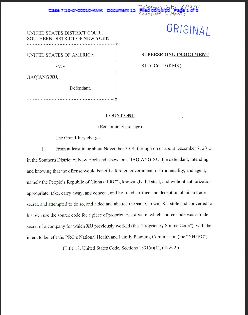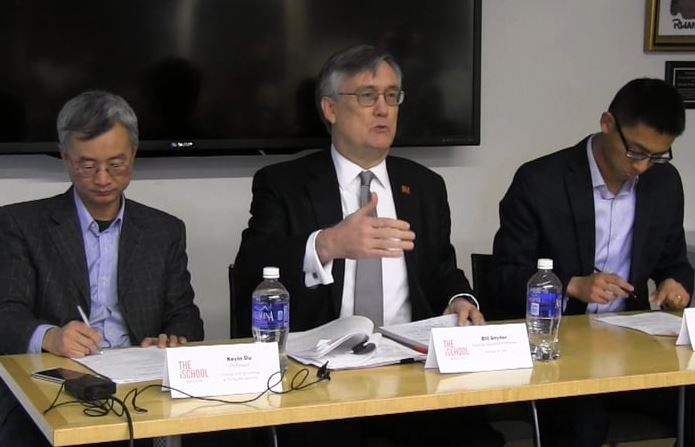While a slight departure from our typical cybersecurity and law topics, what follows is an examination of what the Supreme Court believes is a true threat and how that may impact First Amendment protections.
In an article by Garrett Epps which appeared in The Atlantic[1], Epps examines the recent Supreme Court decision from Elonis v. United States.[2] In Elonis, the Supreme Court held that a threatening communication required that the defendant actually intended to issue threats or knew that the communications would be viewed as threats.[3] After Elonis’ wife of seven years took their two young children and left Elonis, he changed his Facebook page name to “Tone Dougie” and began to post violent lyrics.[4] Elonis’ page included lyrics as well as images that were of a violent or graphical nature, including lyrics that purportedly advocated for the killing of his wife and stating that the protection order was not thick enough to stop a bullet.[5] Elonis also threatened his co-workers, as well as children at an elementary school, and one of the FBI agents that visited Elonis at his home.[6]
Elonis was charged with five counts under 18 U.S.C. § 875(c) which reads in pertinent part “an individual who ‘transmits in interstate or foreign commerce any communication containing any threat to kidnap any person or any threat to injure the person of another’ is guilty of a felony and faces up to five years’ imprisonment.[7] The Court found that since the criminal intent was not specified that the rule of construction requires that a mental state be applied and for this particular act the Court held that the mental state would be applied to the threat component, rather than the communication component.[8] What the Court did not do however was to determine what the actual scienter requirement is, be it purposely, knowingly, or recklessly.[9] All the court did was to establish that mere negligence was insufficient to form the requisite mental state.[10] The Court further held that Elonis’ conviction was based on how a reasonable person would have perceived his posts and that the proper standard would have been subjective rather than objective, determining how the defendant intended his posts to be understood.[11] The Court therefore said that Elonis would have to know the threatening nature of his communication which was irrespective of how someone would subjectively view the communication.[12]
What does all of this mean? Well it seems that we are left with an understanding that mere negligence is insufficient for a conviction under 18 U.S.C. § 875(c), whereas recklessly could be enough, or perhaps knowingly, or possibly purposely. So, it seems like prosecutors may have to take a bit of a gamble with these cases and will likely have to duke it out with defense attorneys when deciding which mental state to include in the jury instructions. This will require walking a fine-line, balancing the weight of the evidence and the chance of conviction based on each of the potential mental states against the chance of reversal should either side move forward with an improper mens rea. Furthermore, requiring actual intent on the part of the “poster” expands the first amendment protections which represents a win for free speech advocates but what is the impact on the abused, the downtrodden, those who live in fear and anxiety caused by “free speech”? With the Elonis case, prosecutors will have a harder time pursuing cases concerning online threats without being able to demonstrate the alleged wrongdoer’s intent. So, phoning in a bomb-threat is a “true threat”; whereas an anti-draft speaker declaring that if he gets drafted the first place he is going to point his rifle is at LBJ is not, and writing lyrics about shooting up a kindergarten class, slitting your co-workers throat, and someone killing your wife, are NOT true threats.
Interesting times we live in.
[1] Garrett Epps, Does a True Threat Require a Guilty Mind? (Jun. 2, 2015), http://www.theatlantic.com/politics/archive/2015/06/does-a-true-threat-require-a-guilty-mind/394643/.
[2] Elonis v. United States, 135 S. Ct. (2015).
[3] Id.
[4] Id.
[5] Id.
[6] Elonis, 135 S. Ct. (2015).
[7] 18 U.S.C. 875(c).
[8] Elonis, 135 S. Ct. (2015.
[9] Id.
[10] Id.
[11] Id.
[12] Epps, supra note 2.




Leave a Reply